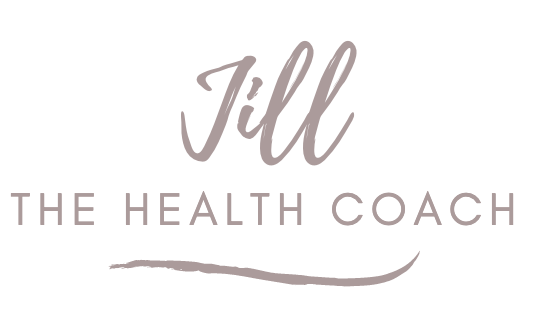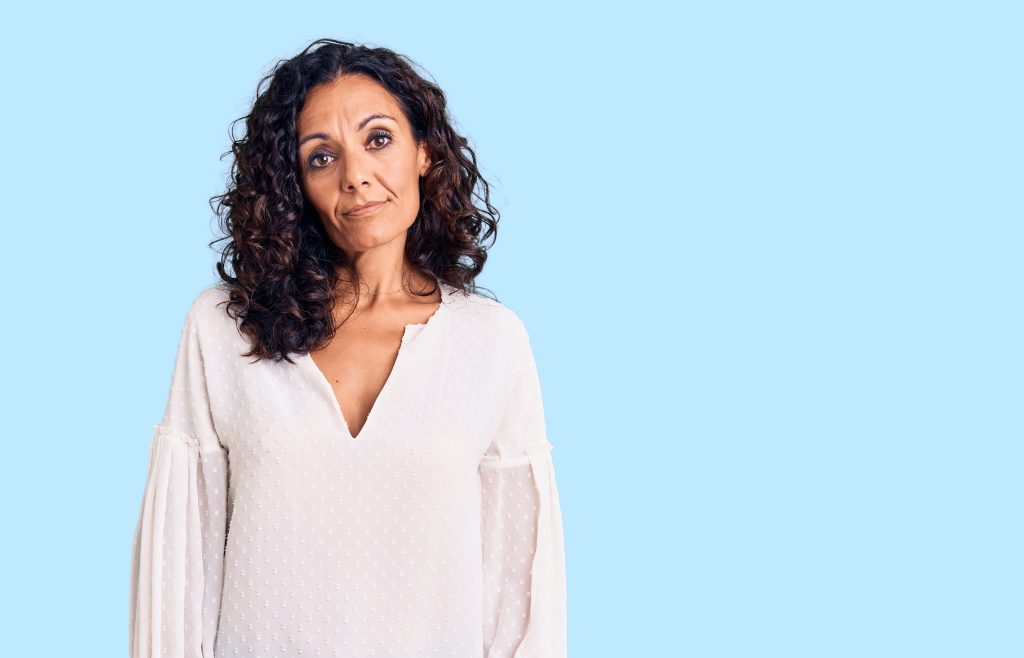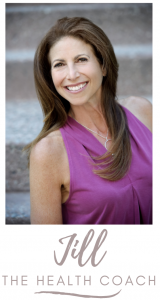We all know the sweet temptation of indulging in sugary treats. But as many of us stride through our 50s and 60s, it’s essential to pay closer attention to the effects of our indulgences and why we have those pesky sugar cravings to begin with.
Let’s face it; sugar cravings can be tough to resist. Did you know that sugar has a similar effect as cocaine AND is just as addictive.
Yes, cocaine.
You see, they both trigger the release of dopamine, a feel-good neurotransmitter in our brains. Both create a pleasurable sensation, making us crave more sugary treats, or, as the case may be, more cocaine.
So, it’s important to understand that it’s not YOU. Those out-of-control cravings are really from the sugar and the effect it has on your body.
Before we dive into curbing those cravings, let’s talk about the impact of excessive sugar consumption.
Research suggests that consuming too much sugar can lead to weight gain, increased risk of chronic diseases such as diabetes and heart disease, and even negatively affect our skin’s health.
Skin health?
Yes!
Excessive sugar consumption can contribute to the formation of advanced glycation end products (AGEs), which can accelerate skin aging and lead to those not-so-loved crow’s feet, wrinkles and sagging. Yikes.
Not only that, but did you know that hormonal changes during menopause can influence our sugar cravings?
Fluctuating estrogen levels can affect the production and sensitivity of serotonin, the mood-regulating or happy hormone. This can lead to an increased desire for sugary treats as we seek that comforting serotonin boost.
Here are some not-so-sweet stats about us women over 50 and sugar:
- The American Heart Association recommends that women consume no more than 6 teaspoons (25 grams) of added sugar per day. However, studies show that on average, women over 50 consume about 20 teaspoons (82 grams) of added sugar daily, which is more than three times the recommended limit.
- According to a study published in JAMA Internal Medicine, women aged 50 and older consume the highest amount of added sugars compared to other age groups, with sweetened beverages and desserts being the primary sources.
- The consumption of sugary drinks is particularly concerning. Research shows that women over 50 consume approximately 130 calories per day from sugary beverages alone, contributing to weight gain and increased risk of chronic diseases.
- A study published in the Journal of the Academy of Nutrition and Dietetics found that women over 50 who consumed more added sugars had higher levels of inflammation markers in their blood, which can contribute to various health issues.
- Research suggests that reducing sugar intake can have significant health benefits. A study published in Obesity found that even modest reductions in sugar consumption can lead to improvements in weight, blood pressure, and markers of metabolic health in women over 50
On the sweeter side, we have strategies and solutions that work.
One effective strategy to curb sugar cravings is to practice mindful eating. Slow down, savor each bite, and pay attention to the flavors and textures. By doing so, we can find greater satisfaction in healthier, less sugary options.
Try incorporating nutritious and delicious fruits into your diet to satiate your sweet tooth. Berries, apples, and oranges are excellent choices packed with vitamins and fiber.
Hydration is also a factor with sugar cravings. Sometimes our bodies mistake thirst for hunger or sugar cravings. So, staying well-hydrated throughout the day can help diminish these cravings.
Make water your go-to beverage, and try infusing it with natural flavors like cucumber, lemon, or mint to keep things interesting. Herbal teas are also a great choice, offering a comforting alternative to sugary drinks.
Of course, the food you eat plays a huge role with your hormones which can impact those cravings. Focus on incorporating nutrient-dense foods into your meals.
Opt for more lean proteins, and healthy fats that provide sustained energy and keep you feeling full longer. Aim for a variety of colorful fruits and vegetables to ensure you’re getting essential vitamins and minerals.
When baking or cooking, consider swapping out refined sugars for healthier alternatives like honey, maple syrup, or dates. These natural sweeteners can satisfy your cravings while providing additional nutrients.
I also sometimes use stevia or monk fruit as more natural baking alternatives. My fave stevia is Sweet Leaf sweet drops.
Additionally, experiment with herbs and spices like my faves, cinnamon, nutmeg, and vanilla extract, to add depth and flavor to your dishes without relying on excess sugar.
Movement and reducing stress is also not only essential for overall well-being but plays a role in curbing sugar cravings. Engaging in activities you enjoy, such as walking, dancing, or yoga, can help reduce stress levels and release endorphins. These “feel-good” hormones can naturally dampen the desire for sugary treats.
By understanding the factors that drive these cravings, practicing mindful eating, staying hydrated, maintaining a balanced diet, and incorporating smart substitutions, you can reclaim control over your sweet tooth.
And, my clients that give up sugar or most sweets all tell me that they have less cravings. It DOES get easier. I know as I don’t get the crazy cravings I used to have.
Remember, this journey is about finding a healthy balance that allows you to enjoy the sweetness of life while nourishing your body and mind.
P.S. For healthy food ideas, please check the foods I eat to keep me at my optimal weight and full of energy by checking out my free shopping list.
“It is our choices that show what we truly are far more than our abilities.”
Live well and love more,
Jill Gordon
CHHC, MHt, MNLP, MTT, MSC, CLC
Certified Holistic Health Counselor, Master Certified Clinical Hypnotist*, Master Practitioner of Neuro Linguistic Programming*, Master Certified Life and Success Coach
All material in this newsletter is provided for information only and may not be construed as medical advice or instruction. No action or inaction should be taken based solely on the contents of this publication;instead readers should consult appropriate health professionals on any matter relating to their health and well-being. The information provided has not been approved the Food & Drug Administration and is not intended to diagnose, treat, cure, or prevent any illness or disease.


